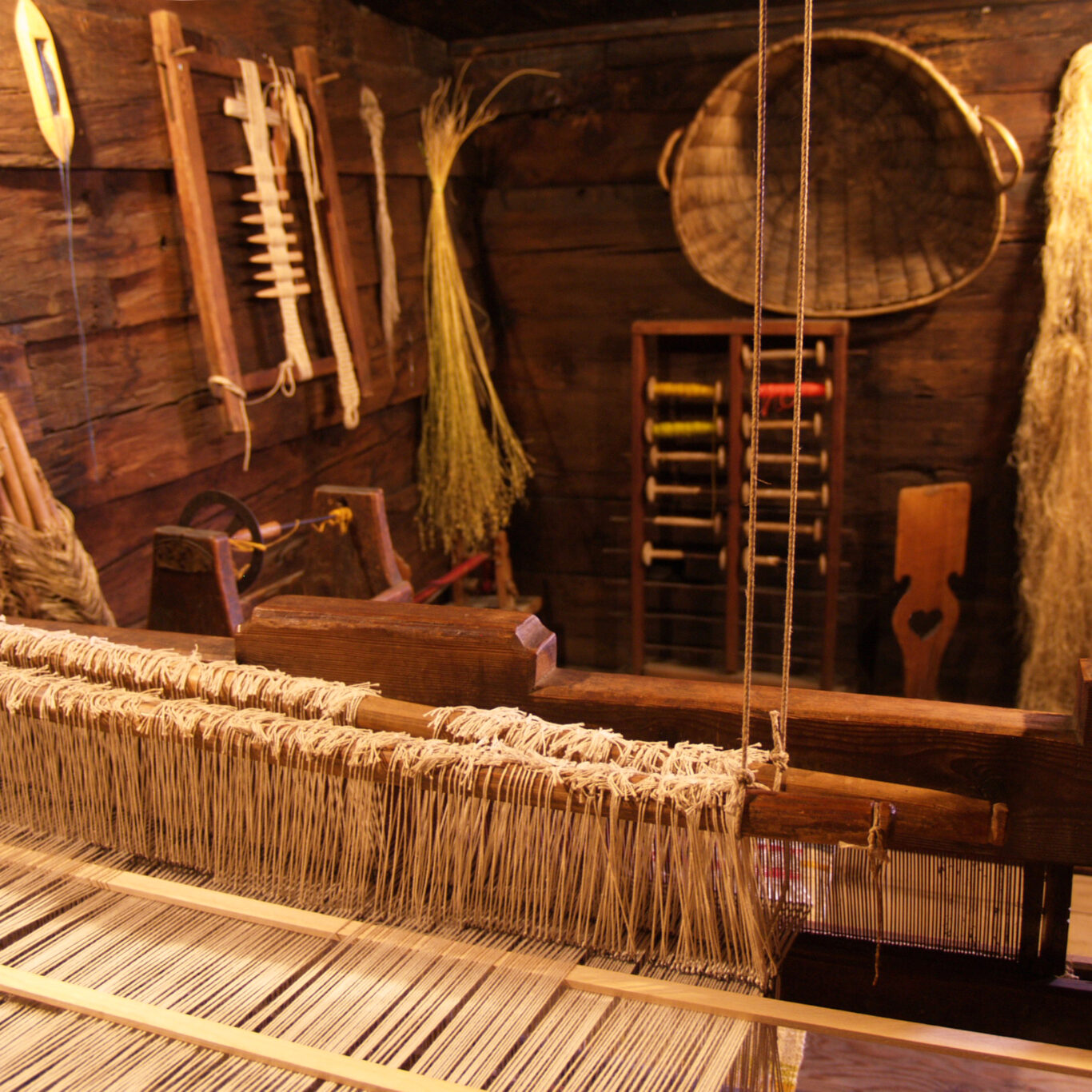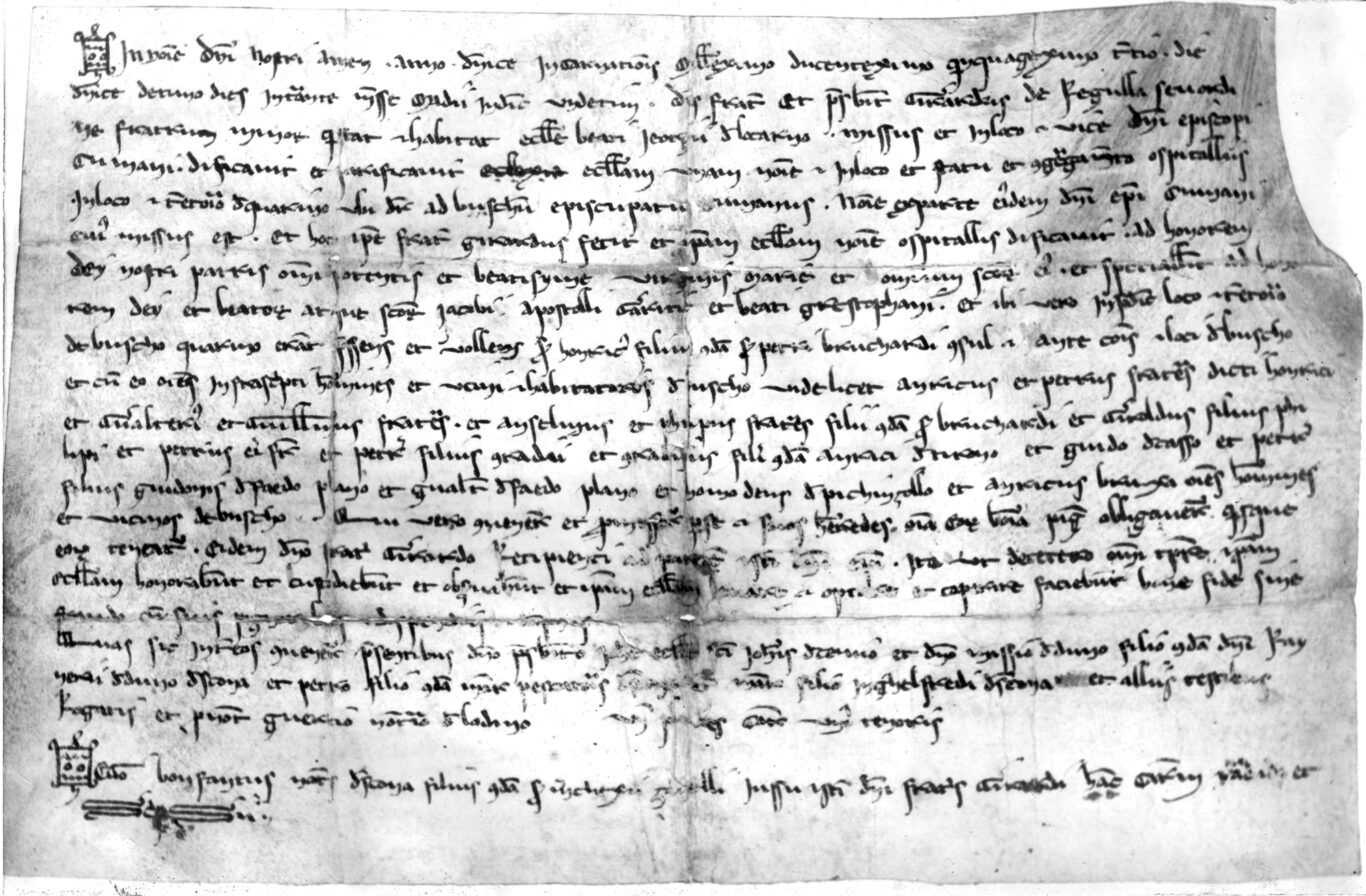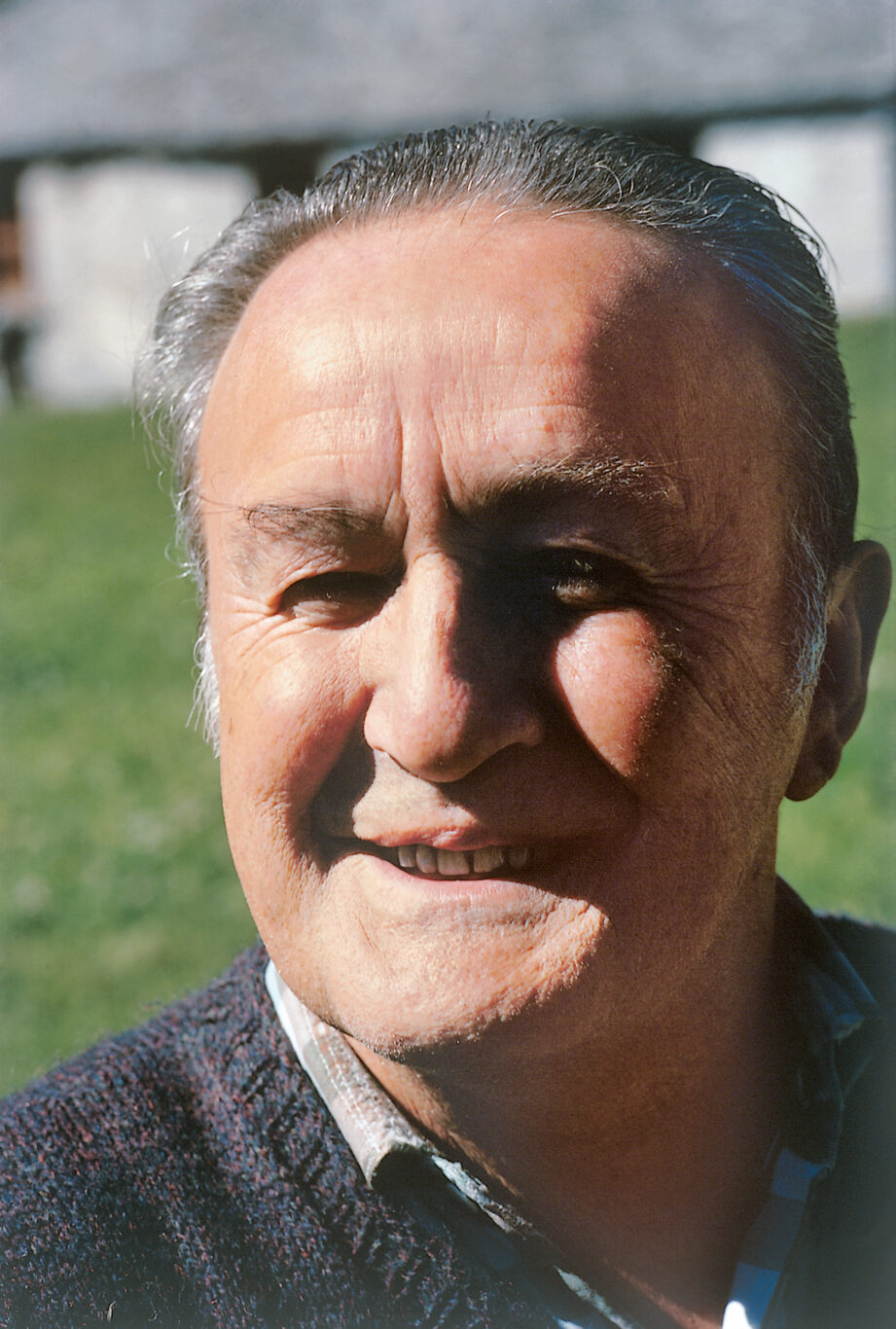
The Museum of History

One room of the Museum Walserhaus is set up as a history museum, where not only the history of the village of Bosco Gurin since its foundation can be learned, but also the history of the Walser migration and the cultural testimonies from Piedmont to Austria are documented.

The history of Bosco Gurin
Around the year 1230, a group of Walsers from the nearby Pomatt valley (Pumåttcrossed the mountain pass Ggurijnar Furggu and began to settle in the area of Alp S. Abbondio, which had been given to them as a hereditary fief by the Benedictine monastery of S. Abbondio in Como.
The oldest parchment document in the entire history of Walser colonisation testifies that the small hospice church dedicated to St. James and St. Christopher was consecrated on 10. May 1253 in Bosco Gurin.
Over the centuries, power over the territory passed to the wealthy families and to the Dukes of Milan, against whom the villagers like the other villages of the valley, tried to defend their freedom and independence.
From 1513 and for three centuries, the whole valley came under the protection of the Confederates, who established their bailiwick in Cevio.
When Ticino became an independent Canton of the Swiss Confederation, Bosco Gurin became a Swiss municipality and had to fight to be recognised as a German-speaking island.
In this room you not only learn all about the history of Bosco Gurin, but also discover exciting things about the Ggurijnartitsch, the administration and Walser law, migration and settlement activity, as well as the family names of Gurin.


